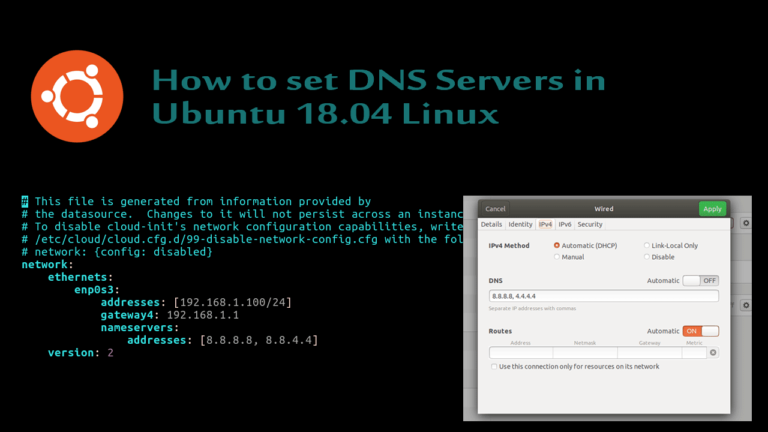Back when our team was dealing with operations, optimization and scalability at our previous company, we had our fair share of troubleshooting poorly performing applications…
Open source pioneers next generation chat and forums
Not satisfied with the experience on current forum software packages, Stack Exchange co-founder Jeff Atwood founded Civilized Discourse Construction Kit Inc to come up with…
Reteaua de acasa
Taking a break from our regular awesome software reviews and tutorials, I thought it’d be interesting if myself and some of the other staff writers…
Replace Windows Home Server With These Great Free Tools
Microsoft has been implementing big changes lately, and none of them are sitting too well with me. If you’re as jaded as I am about…
20 Linux System Monitoring Tools Every SysAdmin Should Know
Need to monitor Linux server performance? Try these built-in command and a few add-on tools. Most Linux distributions are equipped with tons of monitoring.…
Install Dropbox On Ubuntu Server (10 & 11)
This post will help you install the Linux Dropbox client on your headless Ubuntu Server and link it up to your Dropbox account. Unlike the…
5 Reasons Why You Should Make Your Own Server
You’ve probably heard at some point that servers aren’t only for those that have a lot of money. In fact, anyone who has a spare…
20 Linux Server Hardening Security Tips
Securing your Linux server is important to protect your data, intellectual property, and time, from the hands of crackers (hackers). The system administrator is responsible…
Securing an Ubuntu Server
Security is relative. Will these steps make your server “secure”? It will be more secure than it was before. And more secure than most servers.…
How to Setup a DNS Server in Ubuntu
Would you like to setup a DNS Server in Ubuntu? How about setting up a private internal domain name at home? Well, you’ve come to the right place. There are number of tutorials on the internet showing you how to setup a DNS Server with Ubuntu using Bind 9. So, why another how-to document? That’s a good question. I’ve decided I needed to write a simple tutorial that anyone with a little bit of Linux knowledge would be able to follow. In the process, I hope readers are also able to learn how DNS works. Ok, let’s jump right to it!



